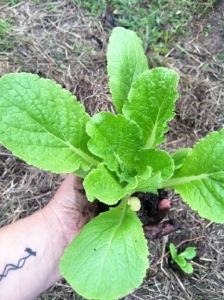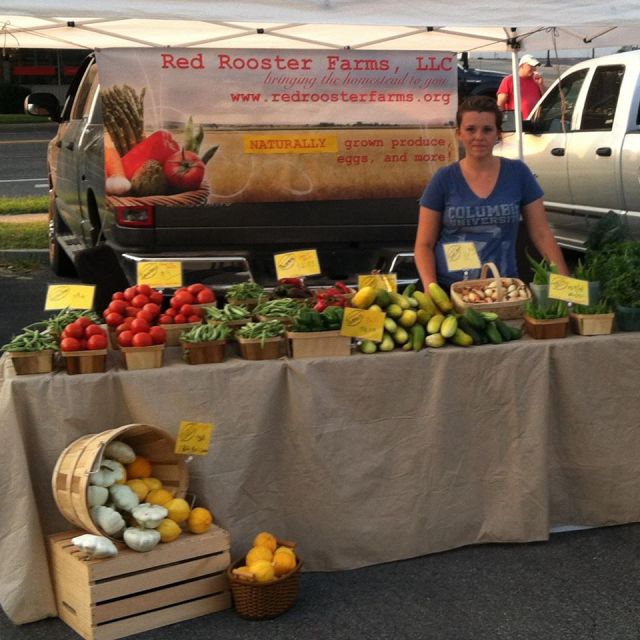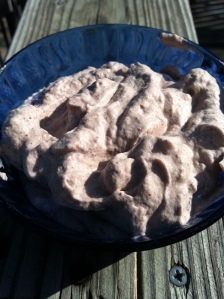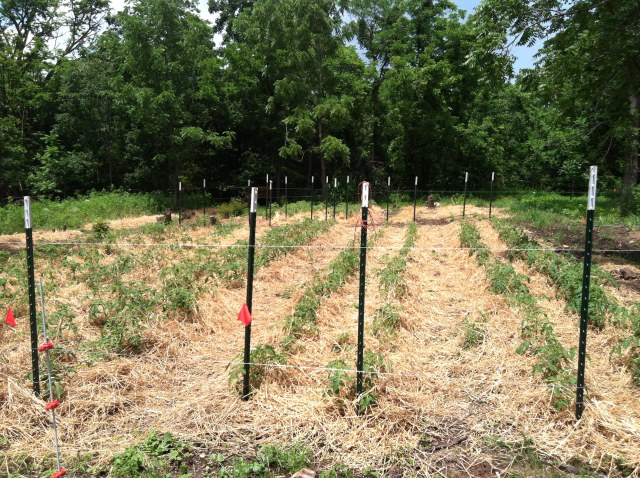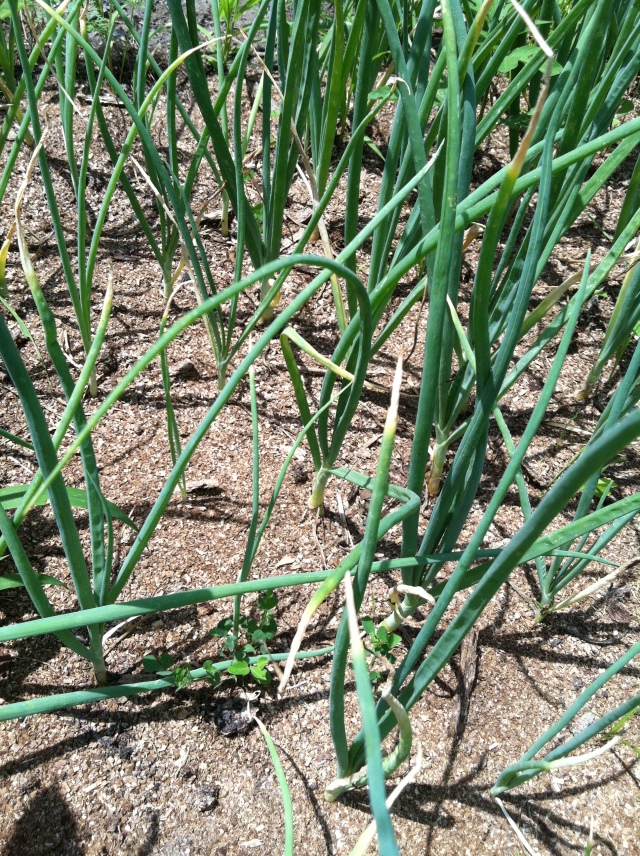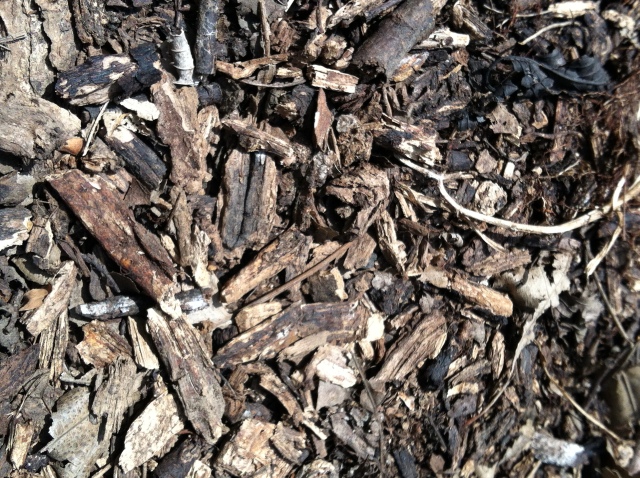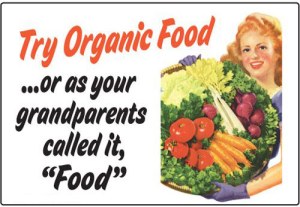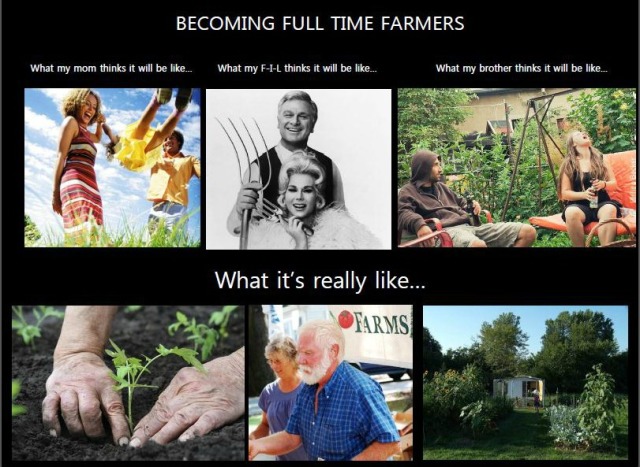Picture it: Green, rolling Missouri hills flow gracefully down to a valley with a sea of green, waving in the wind. There you are, standing on your farm house porch, gazing over your fields of organic, heirloom corn. It’s seed that’s documented all the way back to your ancestors who lived in this very county during the Civil War – and that’s something you’re proud of. You’re a sixth generation farmer (Or maybe you’re a first generation farmer with heirloom seeds from Baker Creek!) and this is your life. It’s all you know. It’s all you want. Life could not be better.
Sure, the next farm over is growing that GMO corn from You-Know-Who and they spray their chemicals, saturating the ground with poison, but that’s their farm and none of your concern. Well, I suppose there is a little concern. That flock of birds that flew from that direction during sowing season made you feel a little nervous as to what was in those droppings left on your field. And that one day, there came up a sudden front and that wind sure was blowing… I hope that seed doesn’t carry over here, you think…

Fast forward back to present day: Wait, what’s that you see as you gaze out upon your fields of green? A person? Well who-in-the-sam-hell would be traipsing about your corn rows? You hop on the ATV, skirt the perimeter and find someone running out of your field with a case in their hand! You check out the crops where you saw the man but you can’t find anything wrong. Has he sabotaged your field? Only time will tell.
And time does tell. In the form of a legal cease and desist letter. You’re growing illegal You-Know-Who Corn. WHAT?! You’re a thief, they claim. So you and your family scrape together some money and get a lawyer. I mean, THEY CONTAMINATED YOUR field! Right? Unfortunately, those had been some really hungry birds, and that wind carried more seed than you could have imagined into your field. And that strange trespasser some weeks ago? That was a You-Know-Who agent, trespassing to test your corn. Their findings show that you have 1.234% amount of You-Know-What Ready Corn growing in your heirloom field. That’s above the <1% limit for “trace cross over”.
You have ceased to be the victim of a ruined crop, and are now a low down, dirty rotten, thief. THIEF! You Patent-Infringer You! Better hold on to your wife and kids, because you’re about to lose everything. Your farm. Your home. Your belongings (gotta have that estate sale to cover all the legal costs and fines for your shameful thievery), your life as you know it.
Seems outrageous, doesn’t it? Seems far fetched? I mean, You-Know-Who claims to have never exercised it’s patent rights sued the dirty underwear right off a farmer whose field has had “trace amounts” of patent traits present. The first question I’d have to ask here is, HOW DID THEY FIND IT? Trespassing. That’s how. They break the law, after contaminating your field, and then SUE YOU! Oh yes, It wouldn’t take much to be over that 1% mark… Birds. Insects. Wind. So many opportunities for Cross Pollination. … … … …
This isn’t some ridiculous story cooked up by tree huggers. This is real. This is really happening!
WHOA! Hold on! What does this have to do with Amendment One? I’m getting there. Brace yourselves for it.
This is who Amendment One protects. It’s like a sweet little love song, written just for the corporate farming industry. It protects BIG AG.
I know. I know. I know. There are FAMILIES running those farms. Families just like ours. A mom and a dad, kid(s), pets… Good, hardworking folks. There’s no easy way to say it. There are families who run corporate farms and there are families who run independent farms. This Amendment is WRONG for every Missouri CITIZEN who doesn’t run a corporate farm.
So you’re not a farmer, and you don’t really shop at Farmer’s Markets. That’s okay. But what will you do when a corporate chicken or turkey farm sets up shop a mile from your beautiful home? What will you do when you can’t stand the smell to even BBQ that Wal-Mart Big Box Store steak or chicken breast? What will you do when there’s nothing the EPA can do to help? What will you do when you can’t even sell your house because no one wants to smell turkey poop?
Missourian’s have had the right to vote since the Family Farm Act of 1975. That same act restricted corporate farming to a degree. This Amendment, with it’s broad, vague language and bait and switch ballot verbiage is wrong for Missouri. Vote No.

